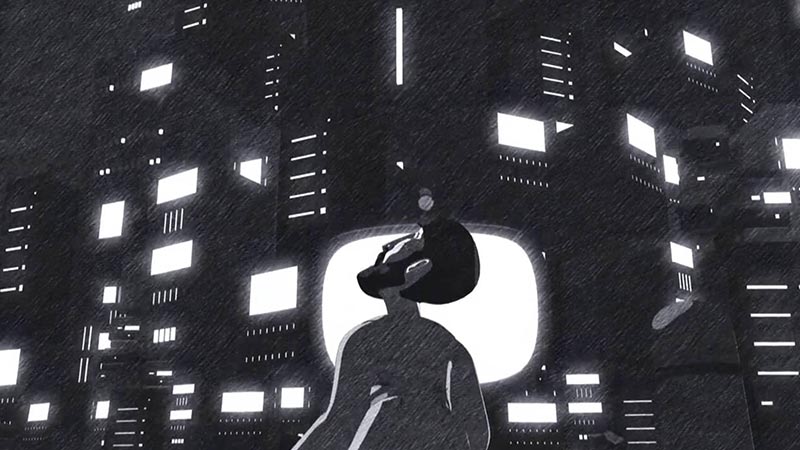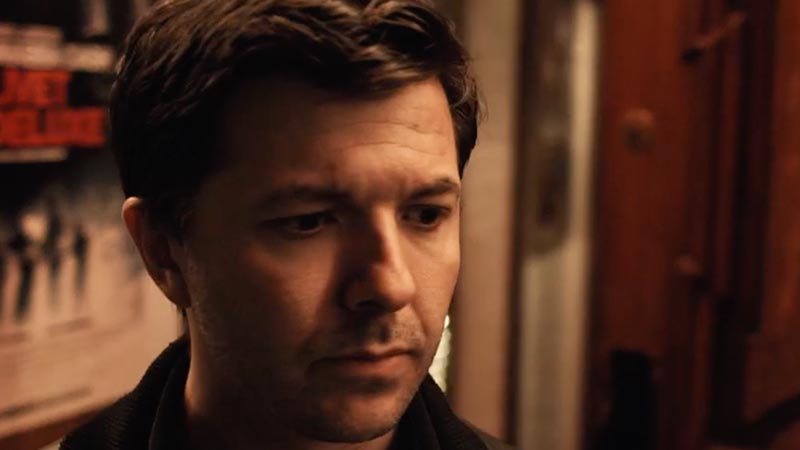“SEER” is a visual disharmony showcasing the corrosiveness of past experiences that unconsciously surface into one’s current reality through embodied memory.
Visual artist Tony Wang and choreographer/movement artist Demetris Charalambous experimented with the interactions between video and performance art. The work depicts the body as an archive and how movement can act as a portal to retrieve memories.
Director’s Vision for ‘Seer’
Traversing between seeing and archiving, Tony describes the camera as the bearer of memories and the witness of the performance. Moving without bodily constraints, it anchors on the performing body to interject past and present: interacting with the now yet disjointedly reconciling the archive. It is the performer who is not on screen. The camera and the body cooperate to be both the witness and portal of lived experiences. According to Tony, “The camera technology serves as the reminder of vivid reflections upon which memories oscillate between past and present, leaving their imprints upon the corporeal body”.
Demetris encounters the body as a reservoir of memory throughout the film. There is a surrendering to time and space that occurs throughout the film. The body inverts itself, tasered and ecstatic, as it taps into the most remote echoes that live within it. The movement is earthy and grounded in the emotional landscape that begets it. Accessing memory through bodily exertion becomes an act of clairvoyance, muscle memory transcends the present and transforms the body into a ‘time machine’. Through movement, the corporeality of the body is not limited to the exactitude of its confines. Once the body had departed from a state of brokenness, it will never cease to know how to do so. Demetris describes “This dance is a love letter to my own body, it’s a reminder of learning how to hold it through the storm. It’s about arriving to some spring after some winter of its life”.



